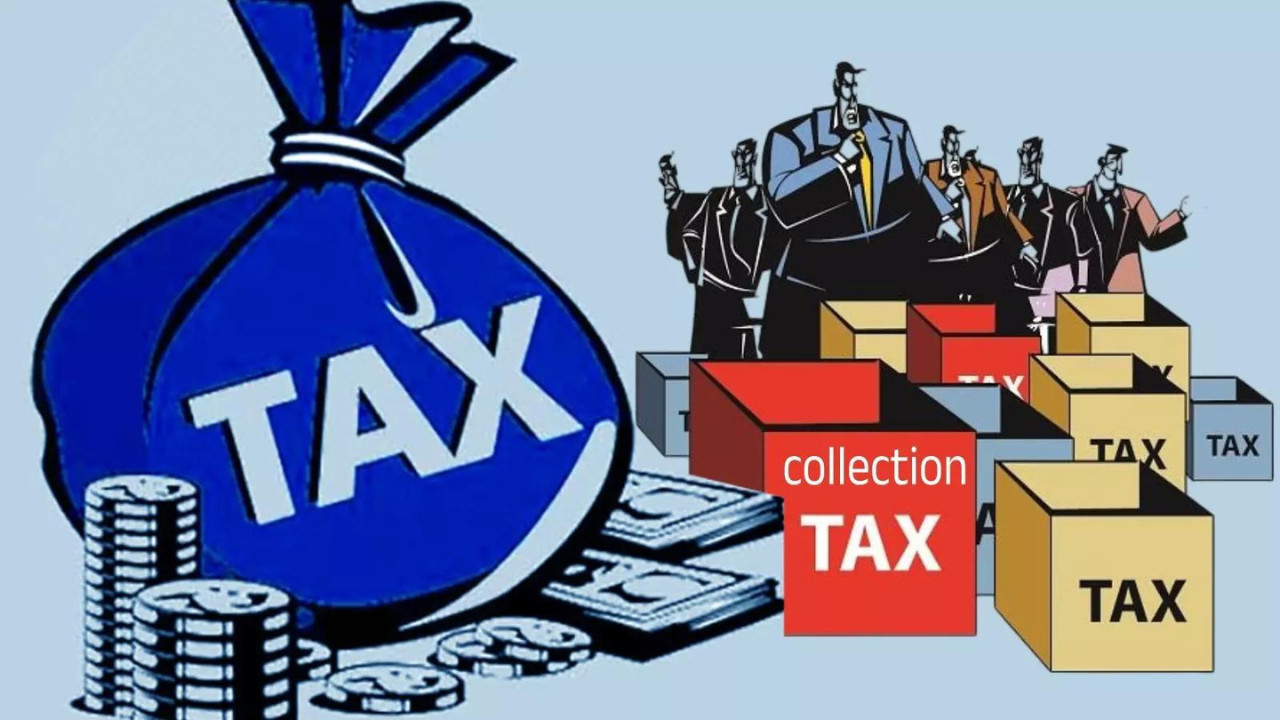Net direct tax revenue has grown 6.33% to over Rs 11.89 lakh crore by October 12, driven by robust corporate tax collections and reduced refund issuances. This growth reflects an increase in both corporate and non-corporate tax receipts, with the government projecting further expansion for the full fiscal year.
The Taxman Cometh…Bearing Good News (for the Economy)
The tax coffers are looking decidedly healthier, folks! Forget the doom and gloom some sectors are peddling – the latest numbers paint a surprisingly optimistic picture of India’s economic engine humming along nicely. Direct tax collections, the lifeblood of government spending and a key indicator of overall economic health, have seen a solid upswing. This isn’t just about numbers; it’s about what these numbers mean for the country’s future.
We’re talking a net direct tax collection of ₹11.89 lakh crore. That’s a 6.3% jump compared to the same period last year. Think of it as tangible proof that the Indian economy, despite global headwinds, is proving remarkably resilient. What’s driving this boost? While several factors are likely at play, the most obvious is increased economic activity. More business, more income, equals more taxes. Simple, right? Well, it’s a bit more nuanced than that.
Decoding the Direct Tax Collection Surge
Beyond the straightforward equation of economic activity leading to higher tax revenues, it’s important to dig a little deeper. Are specific sectors driving this growth? Are there policy changes that are having a noticeable impact? The answer, as always, is probably a combination of factors.
For instance, consistent efforts to broaden the tax base and improve compliance are likely bearing fruit. The government’s push for digitalization and more efficient tax administration are undoubtedly contributing to a smoother, more transparent system, making it easier for individuals and businesses to pay their dues. Think about the increased use of online portals, streamlined processes, and targeted campaigns to encourage tax compliance. These all add up to a more effective tax collection mechanism.

Where’s the Money Going?
So, what does this increased tax revenue actually do? Well, a healthier treasury allows the government to invest more aggressively in crucial areas like infrastructure, healthcare, and education. Imagine new roads connecting remote villages, improved access to quality medical care, and better educational opportunities for underprivileged children. These are the tangible benefits of a robust tax collection system.
Furthermore, increased revenue allows the government to manage its fiscal deficit more effectively, leading to greater economic stability and investor confidence. When investors see a financially responsible government, they’re more likely to pour money into the Indian economy, further fueling growth and creating jobs. It’s a virtuous cycle!
A Look at Refunds: The Other Side of the Coin
While the headline focuses on increased collections, there’s another important piece of the puzzle: refunds. Interestingly, there has been a slight dip in refunds issued. This could indicate several things. Perhaps fewer businesses or individuals overpaid their taxes, suggesting better tax planning and compliance. Or, it could simply be a temporary blip due to processing delays. Regardless, it’s a data point worth keeping an eye on in the coming months.
Looking Ahead: Maintaining the Momentum
The crucial question now is: can this positive trend continue? The global economic landscape remains uncertain, with potential challenges lurking around every corner. Rising inflation, geopolitical tensions, and supply chain disruptions could all impact India’s economic growth.
However, India’s strong domestic demand, coupled with ongoing government reforms and a focus on infrastructure development, provide a solid foundation for continued growth. By continuing to improve tax administration, promote compliance, and invest wisely in key sectors, India can maintain its positive trajectory and build a more prosperous future for all its citizens. To explore more on related economic trends, check out our piece on [recent GDP growth](internal-link-to-gdp-article).
The Bottom Line: A Reason for Optimism
The recent surge in direct tax collection is undoubtedly a positive sign for the Indian economy. It reflects the country’s resilience, improved tax administration, and the potential for continued growth. While challenges remain, these numbers provide a solid foundation for optimism and a renewed sense of confidence in India’s economic future. They signal robust financial health and provide the resources needed to invest in key areas that can improve the lives of all Indians, and demonstrate a commitment to stable and effective economic policies.







